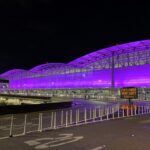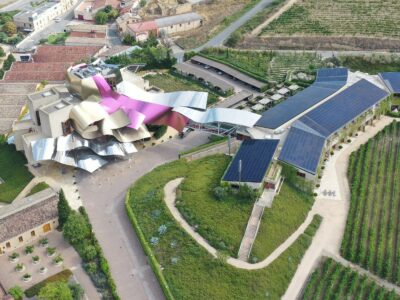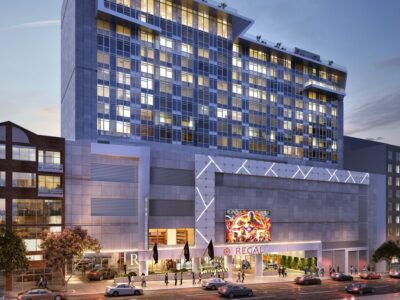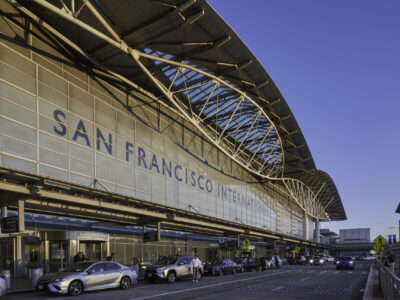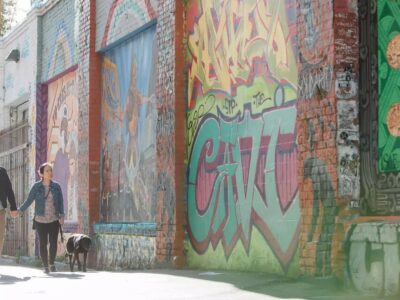
Harvey Milk Terminal 1 bags award for development of energy, carbon, water and resource-related practices and policies.
The Harvey Milk Terminal 1 of San Francisco International Airport (SFO) has been honoured by the American Institute of Architects, California. According to a press statement, Harvey Milk Terminal 1 received the Climate Action Award for leadership in the development of energy, carbon, water and resource-related practices and policies. The award was part of 2022 Design Awards of the American Institute of Architects.
“Harvey Milk Terminal 1 embraces the very best values of our region and celebrates the legacy of pioneering civil rights leader Harvey Milk,” says Airport Director Ivar C Satero. “It also showcases another value of our region – a commitment to the environment – with groundbreaking sustainability features that lead the way for the future of airport design. We are truly honored to receive the Climate Action Award from the American Institute of Architects in California. My thanks go out to the entire project team for this achievement,” Satero adds.
The press statement adds that sustainable design and construction measures were prioritised at every stage of the project, resulting in the implementation of more than a significant number of sustainable practices.
Some of the key initiatives taken by the airport include a tote-based Independent Carrier System (ICS) to manage checked baggage, the first in the US, which uses 50 pc less energy and is easier to operate and maintain than previous systems. The airport has also installed self-energising (regenerative) elevators that recycle energy, rather than wasting it as heat as well as go-slow escalators and moving walkways that reduce speed when not in use to save energy.
Another step for optimising energy usage by SFO was the installation of radiant heating and cooling to complement displacement ventilation to provide energy efficiency, improved indoor air quality, and enhanced passenger comfort and dynamic glazed windows that change with the sun’s location, to reduce glare and improve comfort. The airport also installed large windows to harness daylight to reduce the need for electric lighting and controllable, dimmable, long-life light emitting diode (LED) fixtures throughout the facility.
To curb water wastage, SFO says it has installed low-flow, hands-free bathroom fixtures and faucets save water in the drought-prone state, roof-mounted photovoltaic panels, providing renewable power for the facility and an Integrated Building Management System measures energy and water use and adjusts equipment to be more efficient.
To curb air pollution indoors, it has installed air filtration system to remove pollutants and odour. The terminal also uses building materials and furnishings with low volatile organic compound (VOC) emissions. A key step was a seamless access to all facilities, including public transit, via the AirTrain electric people mover, which eliminated over 600,000 miles, or 1 million km, of bus trips annually.
In February 2022, Harvey Milk Terminal 1 became the first airport terminal in the world to earn “Platinum” certification using the latest standards from the Leadership in Energy and Environmental Design (LEED) program developed by the US Green Building Council. This latest version, known as LEED v4, raises the bar for the design, construction, and operation of high-performance structures.
In March 2021, Harvey Milk Terminal 1 became the first terminal in the world to achieve certification from Fitwel, a building rating system that provides guidelines on how to design and operate healthier buildings.
Also Read – San Francisco targets 21.5 million visitors in 2022








